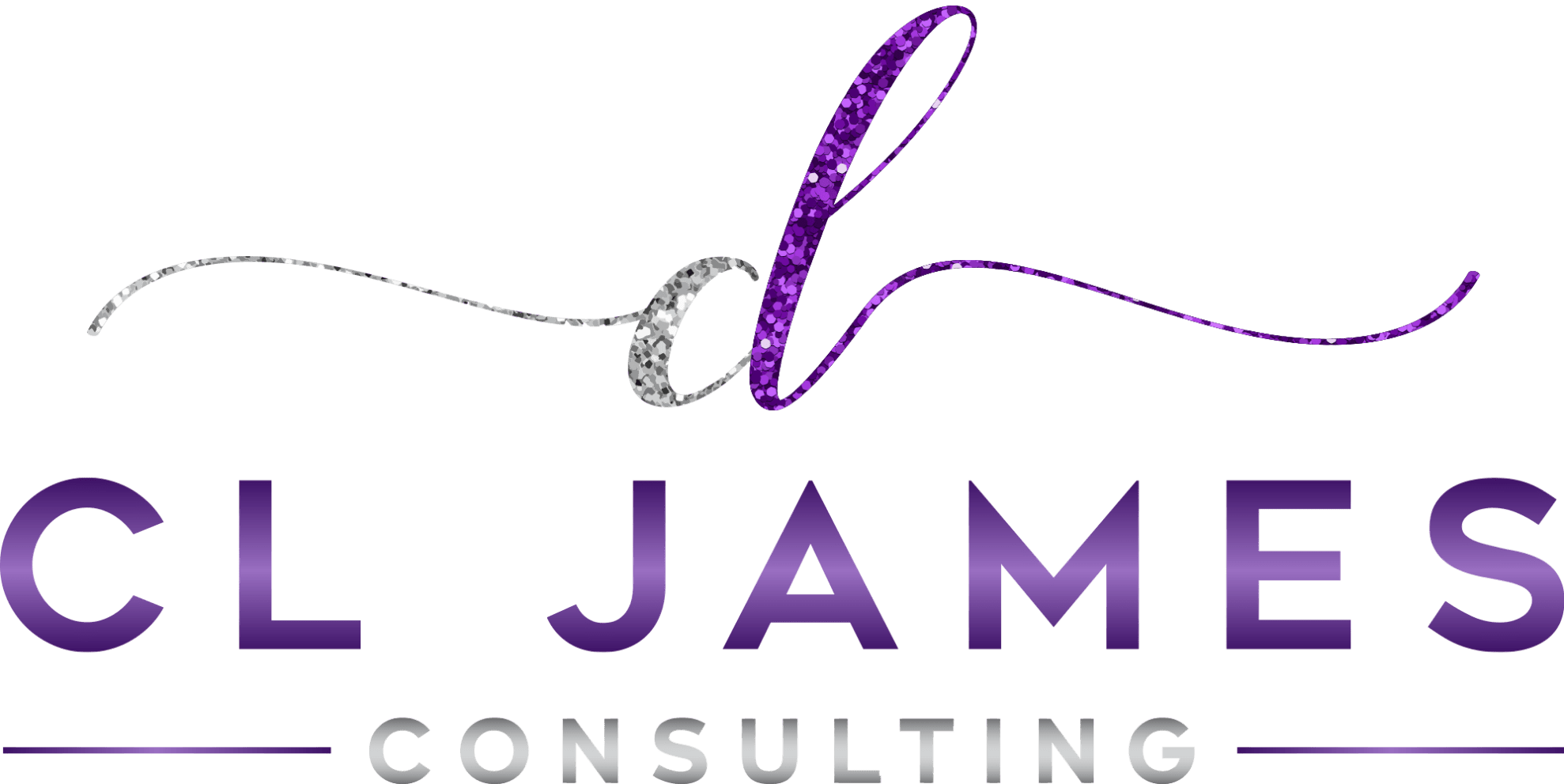Optimizing Your Systems: The Key to Sustainable Growth

16 de agosto de 2024•3 min read
In today’s fast-paced business world, small business owners must constantly seek ways to optimize their operations to stay competitive and achieve sustainable growth. Optimizing your systems is one of the most effective strategies to accomplish this. Whether it’s through integrating technology or refining existing processes, system optimization can significantly improve efficiency, productivity, and overall business performance. In this blog, we’ll explore the benefits of system optimization and provide practical tips to help you get started.
Why System Optimization Matters
Optimizing your systems is about more than just adopting the latest technology; it’s about creating a cohesive, efficient, scalable framework supporting your business goals. Here’s why it matters:
- Increased Efficiency: Streamlined systems reduce redundancies and eliminate bottlenecks, allowing your team to work more efficiently.
- Cost Savings: Optimized systems can lower operational costs by reducing waste, minimizing errors, and improving resource allocation.
- Improved Scalability: A well-optimized system can easily scale with your business, accommodating growth without a proportional increase in complexity or cost.
- Enhanced Customer Experience: Efficient systems enable you to deliver consistent, high-quality service to your customers, boosting satisfaction and loyalty.
Steps to Optimize Your Systems
1. Assess Your Current Systems
Begin by conducting a thorough assessment of your current systems. Identify which processes and tools are working well and which ones need improvement. This assessment should include input from your team to gain a comprehensive understanding of the pain points and inefficiencies they encounter.
2. Set Clear Objectives
Define what you hope to achieve through system optimization. Whether it’s reducing turnaround times, improving customer service, or increasing productivity, having clear objectives will guide your optimization efforts and help you measure success.
3. Choose the Right Tools
Selecting the right tools is crucial for effective system optimization. Consider tools specifically designed for small businesses and offering features that align with your objectives. Here are some areas to focus on:
- Project Management: Tools like Trello, Asana, or Monday.com can help you streamline project planning, tracking, and collaboration.
- Communication: Platforms like Slack, Microsoft Teams, or Zoom can enhance team communication and reduce delays.
- Customer Relationship Management (CRM): Solutions like HubSpot, Salesforce, or Zoho CRM can automate and optimize customer interactions.
- Accounting and Finance: Tools like QuickBooks, Xero, or FreshBooks can simplify financial management and reporting.
4. Automate Repetitive Tasks
Automation is a key component of system optimization. Identify repetitive tasks that can be automated to save time and reduce the risk of human error. This can include automated email marketing campaigns, invoicing, inventory management, and more.
5. Train Your Team
Implementing new systems and tools is only effective if your team knows how to use them properly. Invest in training to ensure everyone is comfortable and proficient with the new processes. Continuous training and support are essential for long-term success.
6. Monitor and Adjust
Optimization is an ongoing process. Regularly monitor the performance of your systems and gather feedback from your team. Be prepared to make adjustments as needed to ensure that your systems continue to meet your business needs and objectives.
Conclusion
Optimizing your systems is a powerful strategy for achieving sustainable growth and maintaining a competitive edge. You can create an efficient, scalable, and resilient business framework by assessing your current processes, setting clear objectives, choosing the right tools, automating repetitive tasks, training your team, and continuously monitoring performance.
Ready to optimize your systems and drive sustainable growth? Schedule a discovery call with us today to learn how we can help you implement these strategies and transform your business. Click the link in my bio to book your free discovery call.
Get Expert Business Help Now
At CL James Consulting LLC, we believe in smarter systems, smoother business, and more profits. Whether you need to streamline operations, automate workflows, or scale efficiently, we're here to help. Tell us about your biggest challenge, and let’s create a solution that works for you. Fill out the form below to get started!
